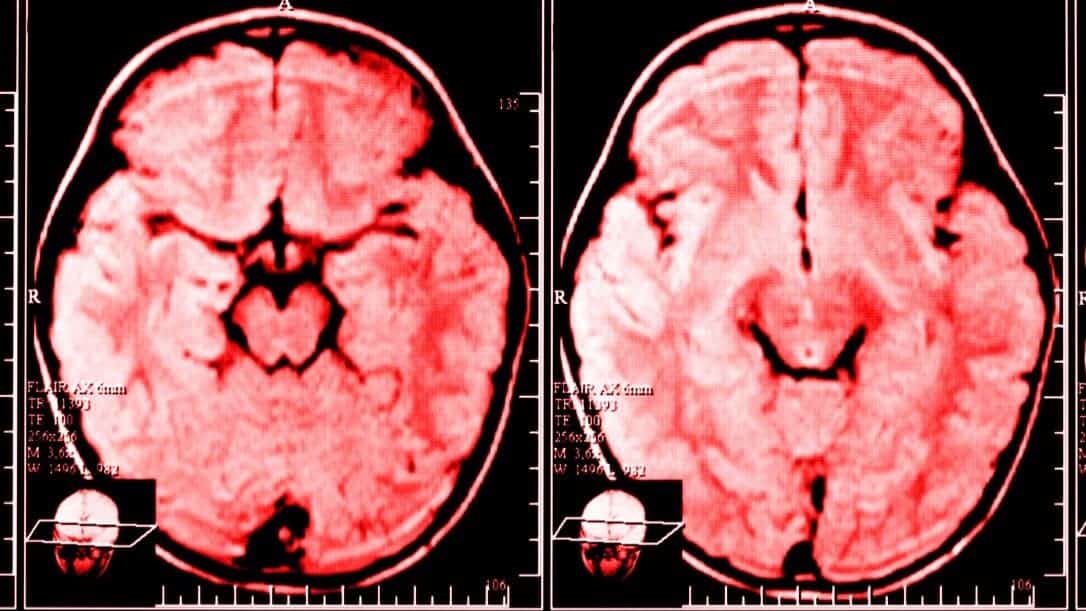
This workshop teaches principles, not protocols, and thus is applicable to a wide array of clinicians, therapists and therapies.

In exploring our two brain hemispheres, we will come to understand how their different mental functions can improve how we choose therapy types and conduct psychotherapy.ĭay two will gradually introduce the application of neuroplastic insights into more disorders, including early developmental deficits, trauma, PTSD, learning disorders of all kinds, attention deficits, autism, brain-based chronic pain disorders. Unlike other organs, the brain is designed to change, because its mission is to keep us alive, and in order to safeguard us, it needs to be able to detect and respond to the ever-changing. Participants will learn the five stages of neuroplastic healing and how our brain maps work and change. Understanding brain plasticity can have immense clinical implications, not only for those with brain problems, but in terms of understanding emotional problems- and can indeed have implications in all our lives, as we assess our own potential.ĭay one will focus on teaching attendees’ core neuroplastic concepts of how the plastic brain works and will be demonstrated through the use of a mix of clinical examples, case studies and film. He will show inspiring films of how seemingly incurable mental and brain problems-psychological, psychiatric and even neurological in basis-that were alleged to be “hardwired” and “incurable”- can be radically improved by understanding brain plasticity.

Doidge will illustrate how plastic the brain can be. The discovery that the brain is “neuroplastic” and can change its structure and function in response to mental experience is the most important change in our understanding of the brain in hundreds of years.


 0 kommentar(er)
0 kommentar(er)
